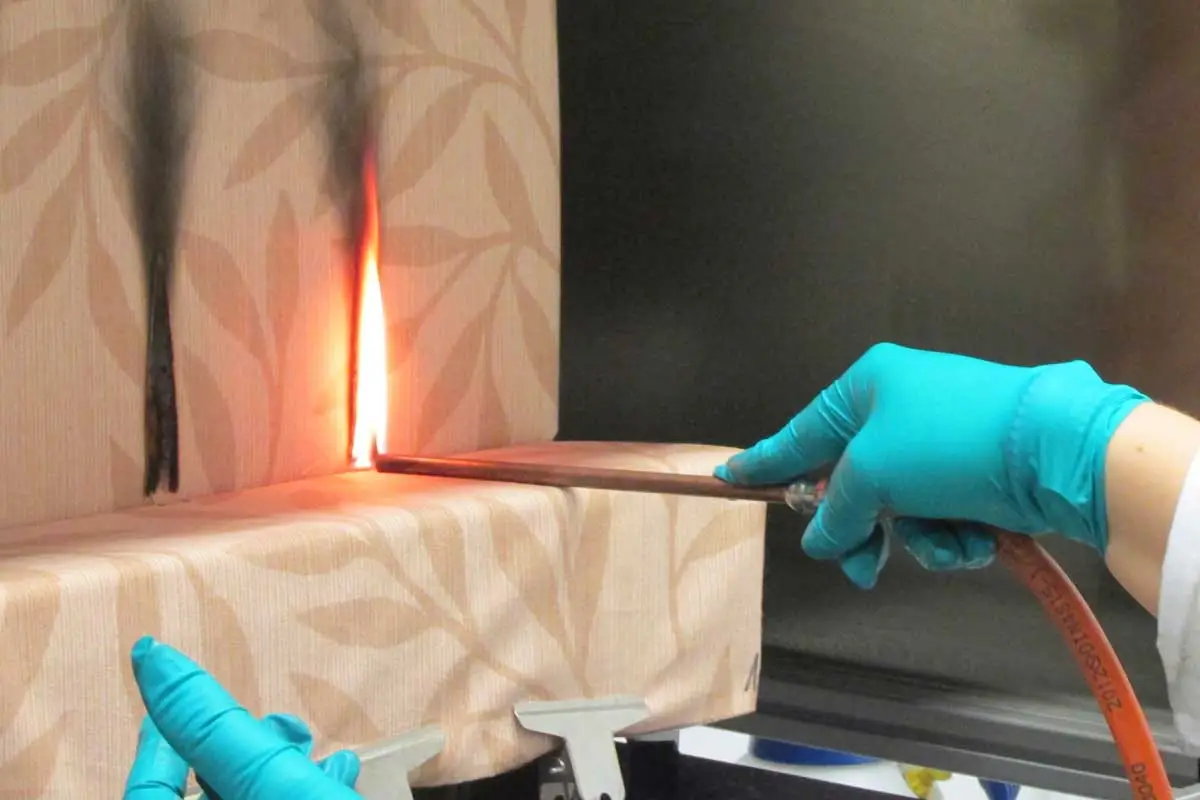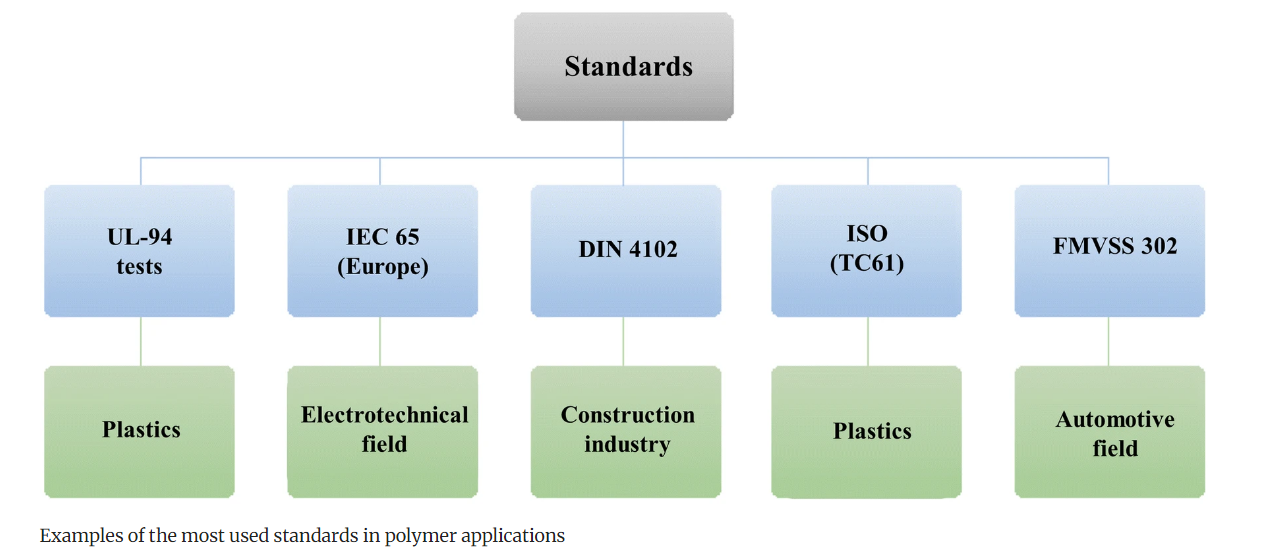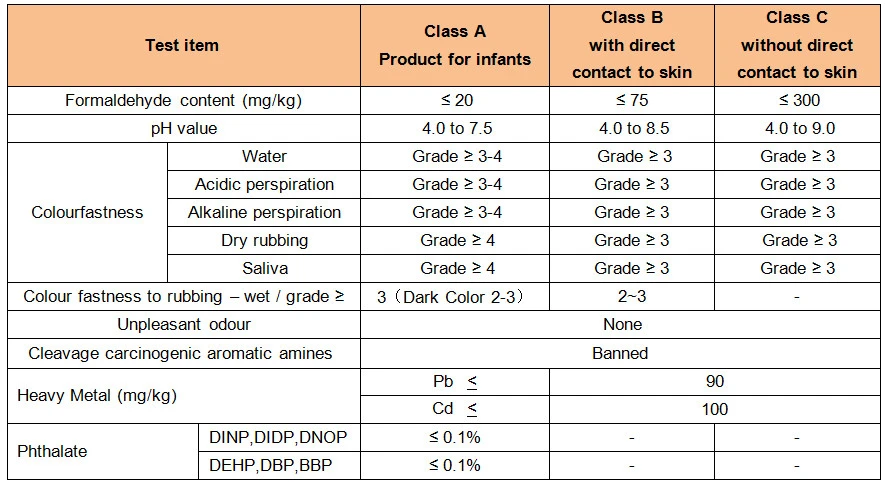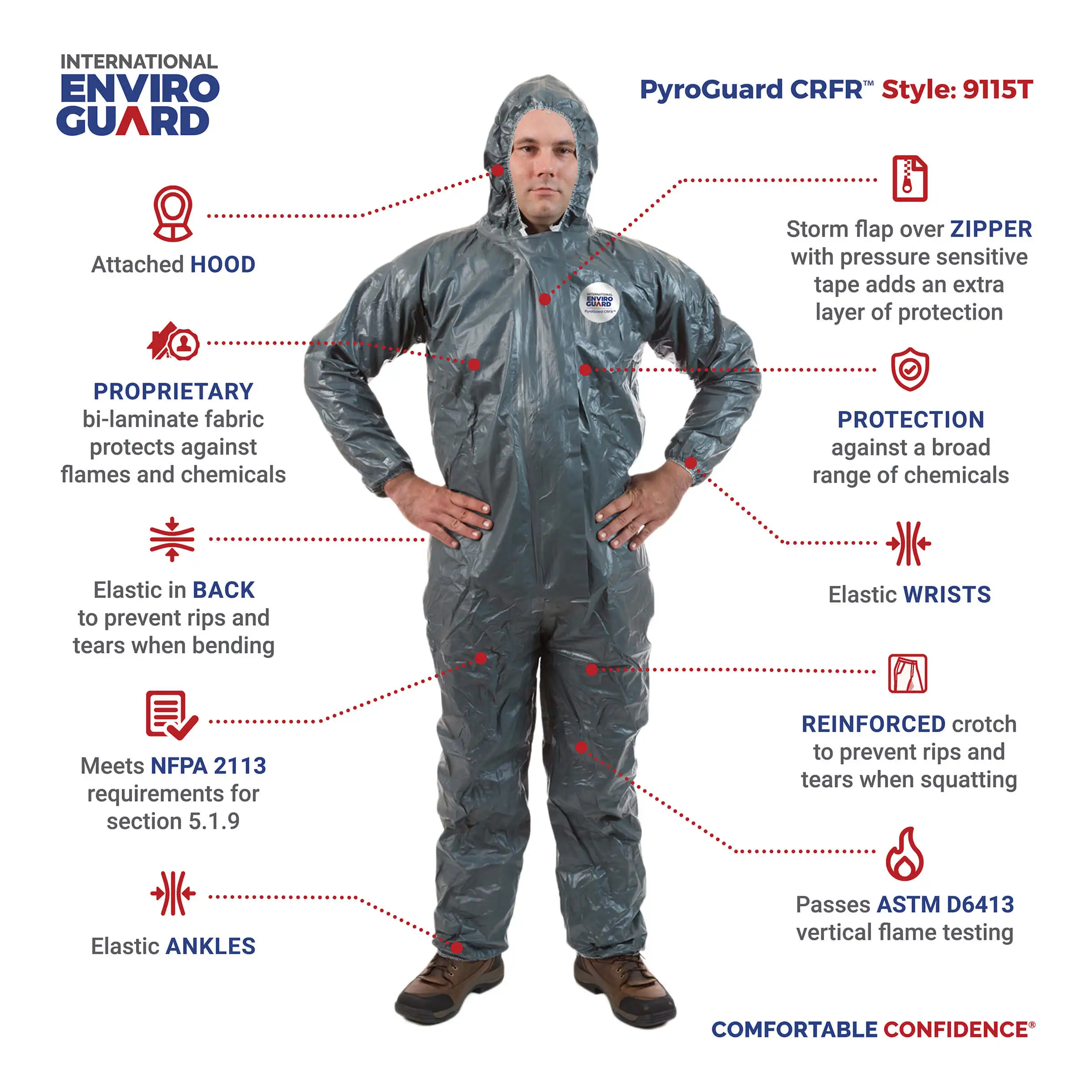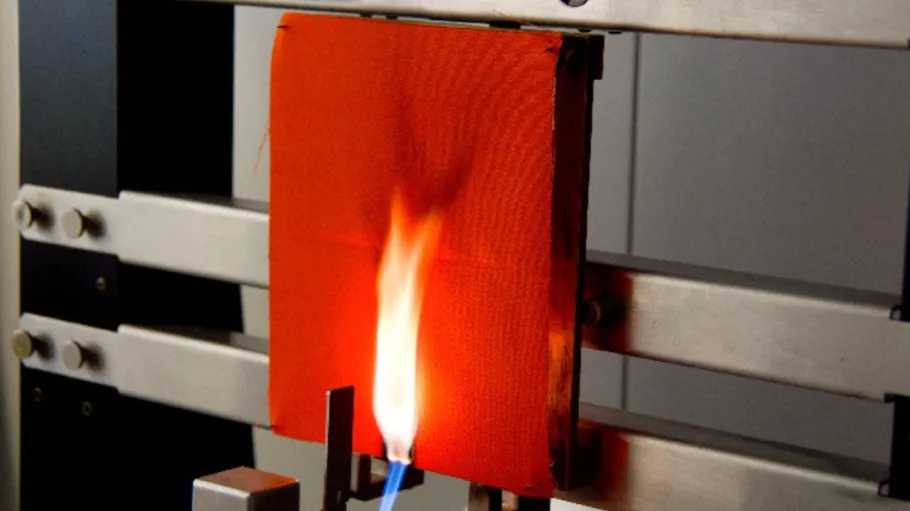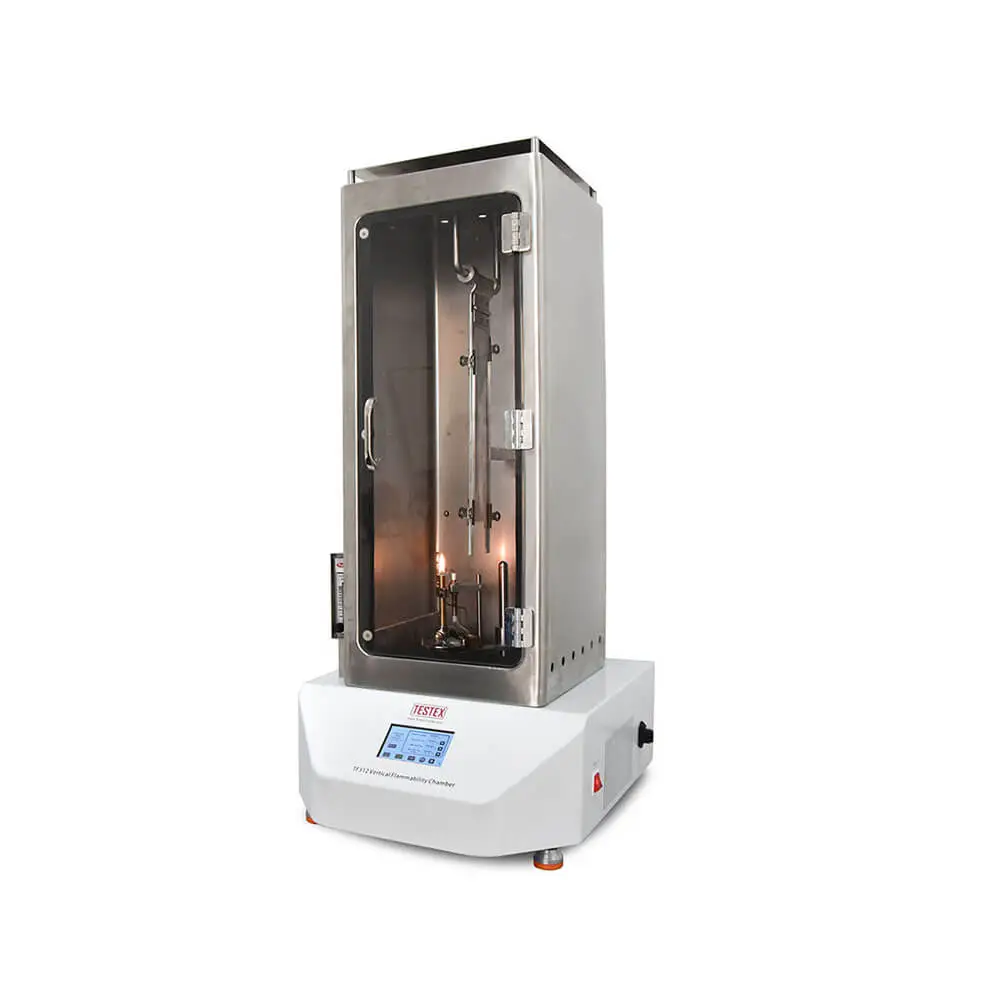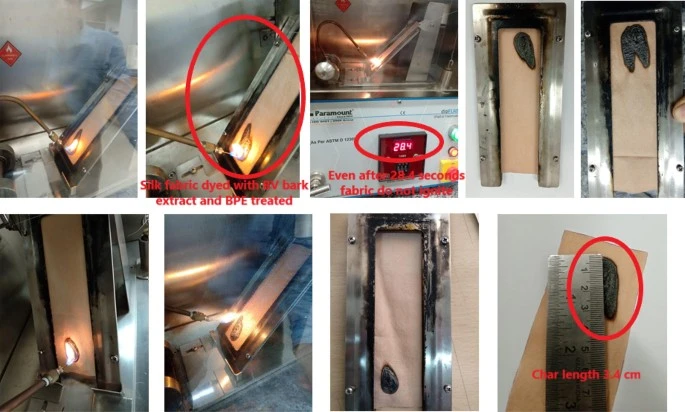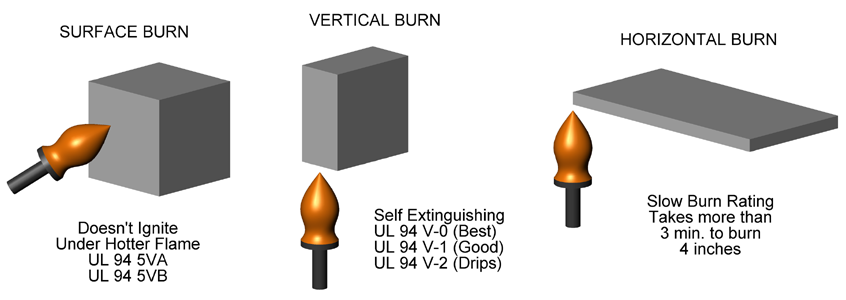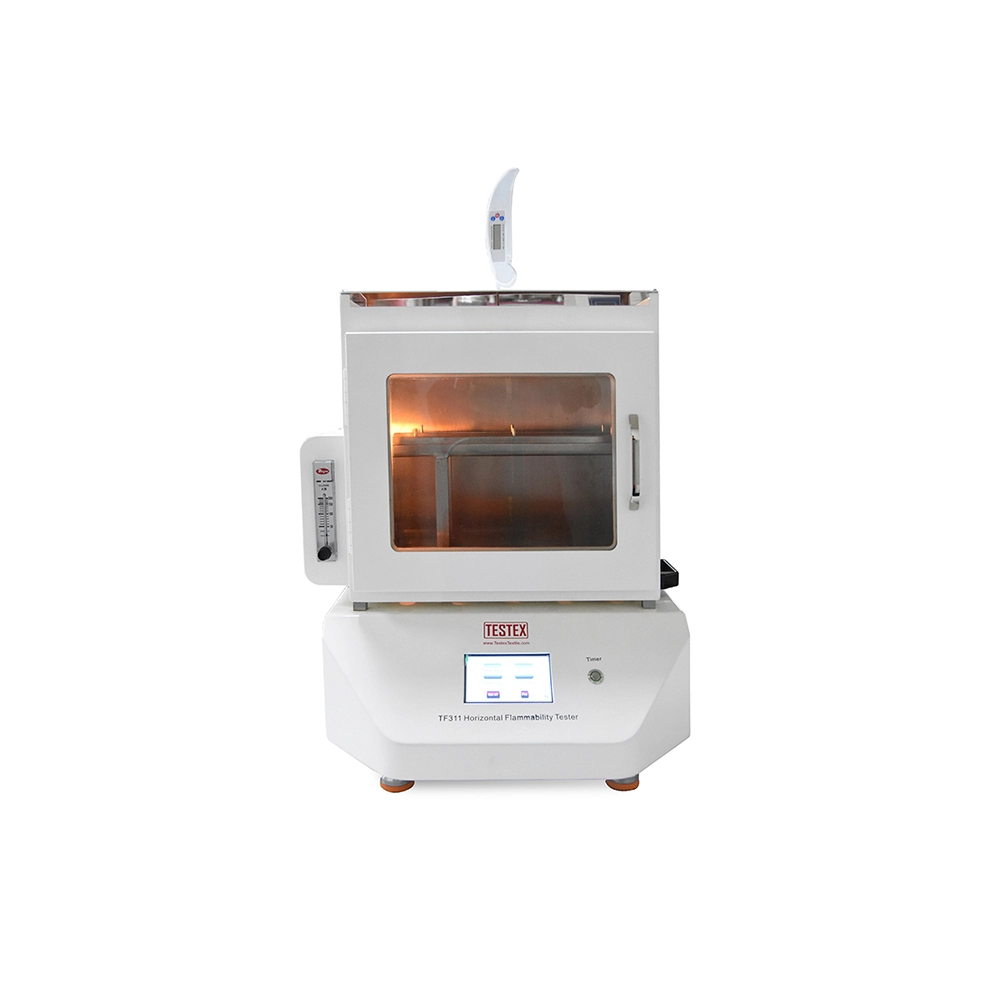Flames leaping from clothing. Blinding smoke fills a room. The crackle of fabric burning. For most of us, this is the stuff of nightmares.
But for those who work in high-risk industries, the threat of fire is all too real.
Every day, workers are critically injured or lose their lives to quickly spreading flames and deadly smoke. The battle against fire hazards rages on.
But the materials that makeup what we wear don’t have to leave us defenseless. Modern flame retardant textiles are fighting back, resisting ignition, and slowing fire spread to save lives and property.
Specially engineered and treated fabrics are beating back the flames.
However, not all fire-resistant materials are equal.
How do we know which ones provide enough protection when lives are on the line?
Today we’ll be uncovering the hidden methods and meticulous laboratory testing used to evaluate fire-safe textiles.
We’ll expose why vertical, 45-degree, and horizontal test methods reveal different performance insights.
You’ll discover how standardized combustion analysis combined with full-scale mannequin trials are helping develop state-of-the-art workwear that turns the tables against serious burn risks and workplace accidents.
The battle with fire dangers wages on, but flame-resistant textiles are fighting back harder than ever.
And this is their secret weapon…
What exactly are flame-retardant fabrics?
Flame retardant fabrics are textiles that have been treated or are inherently resistant to catching fire and slowing the spread of flames. Essentially, it makes them more difficult to ignite and helps them self-extinguish once removed from a fire source.
Now, they aren’t completely fireproof, but rather fire resistant. If exposed to an open flame or intense heat, flame-retardant fabrics char rather than burst into flames. This charring creates a barrier that blocks oxygen and slows burning.
Some common examples of flame retardant fabrics are fabrics used for:
– Workwear and protective clothing
– Uniforms
– Furniture and upholstery
– Curtains and drapes
– Bedding and sleepwear
Why is testing flame retardancy so important?
Well, as you can imagine, if these fabrics don’t perform as expected when exposed to flames or heat, the results could be catastrophic, especially for protective gear and clothing. Hundreds of serious injuries and deaths occur each year due to burns from quickly spreading fires.
By thoroughly testing textiles, manufacturers can ensure a basic level of fire safety for their products to help prevent accidents. Certain industries even require flame resistance testing by law before fabrics can be used.
Now that we know why testing is critical, let’s look at some of the most common test methods and standards around the world.
Flame Retardant Testing Standards in Different Countries
When it comes to official standards for testing, there is quite a bit of variation around the globe based on each country’s specific laws and regulations. However, while the exact details may differ, the test methods fall under a few main categories.
The key aspects evaluated when testing flame retardancy are:
– Ignition – how easily does the fabric catch fire
– Combustion – how quickly do flames spread across the surface
– Heat release – how much heat is emitted when burned
– Damage – the extent of charring, holes, melting, dripping
Keeping those factors in mind, let’s break down the major standards starting with Europe.
Flame Retardant Standards in Europe
In the European Union, flame retardant standards are developed by CEN, the European Committee for Standardization, and focus heavily on:
– Protective clothing
– Workwear
– Uniforms
The main standards are:
- EN ISO 11611:2007 – Protective Clothing for Welding
- EN ISO 11612:2008 – Clothing for Protection Against Heat and Flame
- EN ISO 14116:2008 – Limited Flame Spread Materials
These dictate test methods as well as performance requirements related to flame spread, damage, charring, melting, and ignition. Materials must meet specific criteria to be certified as compliant.
For example, EN 11612 classifies flame-retardant protective clothing into 3 categories based on thermal performance. The higher the class, the more protective the garment.
All EU standards utilize ISO 15025 test methods, which measure vertical and surface flame spread. Fabrics are exposed to a standard flame for a set time, then ignition speed, damage, and charring are evaluated.
So in summary, Europe focuses heavily on protective clothing and uses primarily vertical test methods.
Flame Retardant Standards in China
Shifting gears to China, the main standards are GB 8965.1-2009 and GB 31701-2015 which cover:
- Firefighter uniforms
- Welding apparel
- Children’s Clothing
- Textile products
Similar to Europe, these use vertical test methods, albeit with different instruments and performance criteria. China also utilizes the 45-degree angle test per GB/T 14645 which exposes samples to flames approaching from a diagonal direction.
GB-31701-2015
This test determines flame spread rate, damage area, char length, and number of flame contacts before self-extinguishment. It evaluates factors beyond just vertical ignition, providing a more complete picture.
So China relies on vertical tests but also incorporates a 45-degree angle method for a wider evaluation.
Flame Retardant Standards in the United States
In the US, standards focus specifically on protective clothing for dangerous industries where fire hazards are very real.
The National Fire Protection Agency has created a series of standards centered around NFPA 2112 – the benchmark for flame-resistant garments. It dictates requirements for workwear safety.
NFPA 2112 utilizes ASTM D6413 vertical tests to measure char length, after-flame duration, damage, and melting behaviors. Like China, the US also incorporates a mannequin-based test that collects data on heat transfer and thermal shrinkage.
This full-scale evaluation provides additional insight beyond small swatches. Garments must meet minimum performance levels related to heat resistance.
Flame Retardant Standards in Other Regions
Beyond the key geographies we just covered, other global regions rely on similar vertical and horizontal test methods, including:
- United Kingdom: BS EN Standards
- Japan: JIS L1091 Ignition testing
- Australia/New Zealand: AS/NZS 1249 Furniture flammability
So while specific instrumentation and limit values vary slightly, most global standards test flame retardancy using either vertical or horizontal methods aligned to ISO standards.
Now that we’ve compared the standards, let’s dive deeper into some of the most common test procedures and methodologies.
Test Methods for Flame Resistance of Textiles
There are two main types of flame resistance tests:
- Combustion Testing
- Performance Testing
Let’s break these down in detail…
Combustion Flame Resistance Testing
Combustion tests analyze how a textile burns when exposed directly to a standard flame. The key characteristics evaluated are:
- Ignitability
- Spread
- Heat release
- Damage
These tests focus specifically on fire interaction without external factors.
Combustion methods fall into 3 main orientations:
- Vertical
- 45 Degree Angle
- Horizontal
Let’s examine each one…
Vertical Flame Resistance Tests
In vertical testing, fabric samples are mounted upright and ignited from below by a gas burner flame. The flame is applied for a predetermined time, and removed, and then factors like char length, afterglow, and burn time are analyzed as the sample self-extinguishes.
This orientation is most common and simulates exposure to fire approaching from a vertical direction, much like standing near the base of upward-spreading flames. It evaluates flammability and fire damage.
Steps of the Vertical Flame Test
The vertical flame test, also known as ASTM D6413, is an important test method used to determine the flame resistance of textiles. This test simulates exposure to an electric arc flash and measures how well a fabric resists burning.
When conducting ASTM D6413, a 12-inch long specimen of the test fabric is secured in a chamber, with the bottom cut edge exposed. This edge is then subjected to a standardized methane flame for 12 seconds. During and after this exposure, trained technicians record observations about the fabric’s reaction to the flame.
Specifically, they measure:
Afterflame – the time in seconds that visible flames remain on the fabric after the ignition source is removed
Afterglow – the time in seconds that a glowing persists after flames extinguish
Char Length – the length in inches of fabric damaged or destroyed by the flame
Melting/dripping – notations on whether the fabric melts or drips due to heat
The test is repeated five times on different fabric specimens, and the results are averaged to account for variability.
Compliance criteria are based on the char length measurement. For example, ASTM F1506 states that to pass, a fabric’s average char length must not exceed 6 inches. NFPA 2112 sets an even more stringent limit of 4 inches maximum char length.
ASTM D6413 provides a standard, controlled way for laboratories to evaluate and compare the flammability of textiles intended for protective clothing applications. The test yields quantitative data to determine if a fabric meets the flame resistance required by various industry safety standards.
Now let’s compare that to the 45-degree angle method…
45 Degree Angle Flame Resistance Tests
As the name suggests, this test angles textile swatches at 45 degrees and ignites them from below, with the flame moving upwards diagonally along the surface.
Unlike vertical testing, flames come in contact with fabric samples for extended durations until reaching an endpoint.
Factors like char length, damage area, hole formation, and flame persistence are measured to determine fire safety. Since the flame contact timeframe is longer, 45-degree testing provides more data on material behavior and combustion characteristics.
This method is most commonly used for carpet testing and simulates fire spreading across horizontal surfaces where orientation to the heat source varies.
Steps of the 45 Degree Flammability Test
The 45-degree Flammability Test is designed to evaluate how quickly and intensely a textile sample burns, as well as the extent of fabric damage. There are three key aspects analyzed in this standardized test:
- Combustion Intensity and Speed
A textile specimen is placed at a 45-degree angle in the instrument and exposed to an ignition flame for 1 second. Technicians measure the time it takes for the upward-burning flame to travel a specified distance. Faster travel times indicate more intense burning. Visual cues like surface fluttering also signify intense combustion.
- Damage Area and Length
Again angled at 45 degrees, the fabric sample is ignited. Technicians record the duration of afterflame and afterglow once the ignition source is removed. They also measure the total area and length of fabric damage post-combustion.
- Number of Flame Contacts
As the sample burns up towards a marker placed 90mm from the bottom end, technicians count the number of times the advancing flame makes contact with the sample. More flame contacts signify faster upward burning.
To perform the test, the fabric specimen is hung at a 45-degree angle in the instrument chamber. The ignition flame is applied for 1 second, starting a timer. The test ends when the fabric burns through, dropping a weight that stops the timer.
Technicians observe the burning behavior and inspect for signs of melting or incomplete combustion. Multiple specimens are tested, averaging results.
The 45-degree test provides quantifiable metrics on a textile’s flammability under a standardized test method. The data can determine if a fabric meets flammability requirements for various safety standards and regulations.
Finally, let’s examine the last major orientation – horizontal…
Horizontal Flame Resistance Testing
In horizontal testing, textiles are oriented parallel to the ground and ignited from one end, with fire spreading outwards across their length horizontally.
The flame spread rate, heat release, burn distance, and burn time metrics are gathered as the fire moves over the surface.
This mimics conditions like drapes or upholstery igniting and burning laterally. horizontal test data helps assess factors like flashover risk as textiles get involved in a fire scenario.
To perform any of these combustion tests properly, specialized instrumentation is used to carefully control variables and collect accurate measurements.
Temperature, flames, timing, and mounting are all regulated to minimize deviations.
Steps of the Horizontal Flammability Test
The horizontal flame test provides a standardized procedure to evaluate how rapidly flames spread across the surface of textiles. This method determines the flame resistance of fabrics intended for protective clothing applications.
Test Specimen
Unless otherwise specified, the test fabric sample should measure 4.5 x 12.5 inches, with the longer dimension oriented parallel to the warp direction. Some fabrics demonstrate directional burning behavior, so technicians align the sample accordingly.
Pre-Testing
Before testing, the textile specimen is suspended vertically and heat conditioned in a circulating oven at 140-145°F (60-63°C) for 4 ± 0.25 hours. Conditioning removes any surface moisture that could influence results.
Test Procedure
Using specialized clamping holders that secure the long edges, technicians mount the fabric in a frame that tensions a 2-inch wide x 12.5-inch length center strip. The holder positions the specimen just inside a test cabinet, with clearance at the ends.
After a 2-minute reconditioning period, the holder is partially withdrawn and the methane burner flame is adjusted to 1.5 inches high. The specimen is then moved into the test position, with its end suspended 0.75 inches above the burner nozzle, and ignition takes place.
Flames are allowed to spread 1.5 inches before starting a timer. Technicians record the number of seconds required for the advancing flame front to traverse the remaining 10 inches of the exposed fabric strip.
Test Results
Shorter times indicate a faster spread of flames across the surface. This quantifiable passing time data allows evaluation and comparison of horizontal flammability for textiles used in protective garments.
Evaluation of Fabric Flammability Tests
Flammability testing yields quantifiable performance metrics to judge a fabric’s reaction to fire. But visual observation before, during, and after testing also provides valuable insights. Technicians should record key details on the test specimen’s burning behavior to augment instrumental data.
Observations During Testing
First, the standard 10-second direct flame application allows side-by-side visual comparisons between fabrics. Subtle differences in ignition time, flame intensity, dripping behavior, and surface distortion can indicate relative flammability.
Measurements After Flame Exposure
Once the heat source is removed, trained technicians time and annotate several phenomena:
Afterflame – The number of seconds a visible flame remains on the fabric surface. Afterflame duration correlates to self-extinguishing characteristics.
Afterglow – The number of seconds a red heat persists after visible flames are extinguished. Glowing remnants may re-ignite under some conditions.
Hole Formation – Holes over 5mm in diameter suggest fabric break-open and potential body burn-through. Larger, more numerous holes signal inferior materials.
Char Length– Technicians tear the fabric on the most damaged axis and measure the length of char formation in inches or centimeters. Char length serves as a key flammability benchmark for protective clothing standards.
Recording first-hand observations, even on instrumented tests like vertical or horizontal flammability, provides additional insight into a fabric’s real-world protective performance in a flash fire event.
Next, let’s move beyond just combustion to performance testing…
Flame Resistance Performance Testing
While combustion testing reveals how textiles directly interact with fire, performance metrics evaluate fabric behavior when exposed to heat and flames in simulated use-case scenarios.
The goal is to understand real-world protection abilities like protective clothing.
Some common performance tests are:
– Thermal heat transfer
– Heat resistance
– Flame impingement
– Molten metal splash
Let’s explore a few…
Thermal Heat Transfer Testing
This test uses specialized thermal mannequins with internal heaters and sensors. Flame-resistant garments are dressed onto mannequins, and then exposed to intense external heating meant to simulate proximity to extreme fires.
Sensors gather data on factors like:
– Heat transfer rate
– Temperature rise
– Burn progression rate
– Fabric integrity loss
Such testing provides lifesaving data for protective clothing design and standards compliance.
Next up is heat resistance testing…
Heat Resistance Testing
Fabrics intended for high-temperature applications like fire blocking need proper heat performance data.
Testing involves subjecting materials to increasing temperatures while monitoring:
– Shrinkage
– Tensile strength
– Color change
– Dimensional stability
Exposure methods include:
– Open flame
– Radiant heat
– Forced hot air
Temperatures often exceed 500°F+ replicating extreme environments near molten materials and fire.
These tests help qualify which textiles withstand prolonged heat contact without failure while supporting the creation of safety standards.
And last but not least – direct flame impingement testing…
Flame Impingement Testing
Here, specific regions of garments and gear experience direct contact with calibrated flames, unlike whole-sample combustion methods.
After flame exposure, factors like char depth, hole formation, and damaged area are measured.
This data verifies real shielding capacity against fire threats and validates minimum durability essential for occupational protective equipment.
Mimicking live fire dynamics makes standards more meaningful.
Conclusion
So in summary…
While combustion testing provides basic flammability data, performance metrics offer life-saving insights on real-world protection for situations like emergency response and proximity firefighting.
Combining Both Testing Modes for Complete Evaluation
As we’ve discussed, combustion and performance offer complementary datasets for holistic evaluation:
Combustion testing delivers fundamental flame retardancy metrics on ignition potential and fire spread characteristics. This allows fabric classification and treatment assessment.
Performance testing goes further to simulate protective barrier effectiveness when subjected to heat fluxes and direct fire contact. This enables product standards, specifications, and code compliance.
Together, they provide actionable intelligence for development, safety regulation, and quality assurance.
Additional Test Methods
Now besides the major methods we just outlined, there are a few additional niche tests worth mentioning such as:
- Oxygen Index Testing: Evaluates minimum oxygen level needed to sustain burning
- Toxicity Testing: Analyzes harmful smoke and gas byproducts
- After Flame Testing: Determines fabric destruction post-flame removal
- Laundry Durability: Assesses flame retardancy after repeat washing
Each has specific applications depending on product requirements:
For example, bedding and sleepwear focus heavily on toxicity risks and wash durability.
Medical materials may demand stringent chemical testing. Carpet backings use after-glow time limits to enforce fire blocking.
So that covers the basics of flame retardant test methods and global standards!
And there you have it – a crash course overview on flame retardant textile testing!
I hope you now have a solid grasp of the different methods used and what they help evaluate.
There’s real complexity and sophistication behind the scenes when it comes to analytical fire testing for fabrics. The level of engineering and standardization required is quite impressive.
But it’s critical work because the chemistries and technologies that go into making textiles safer and more fire-resistant have saved countless lives and continue to protect people today.
Alright, that wraps up this episode on flame retardant test methods and standards! I hope you enjoyed it and learned something new. See you next time!
